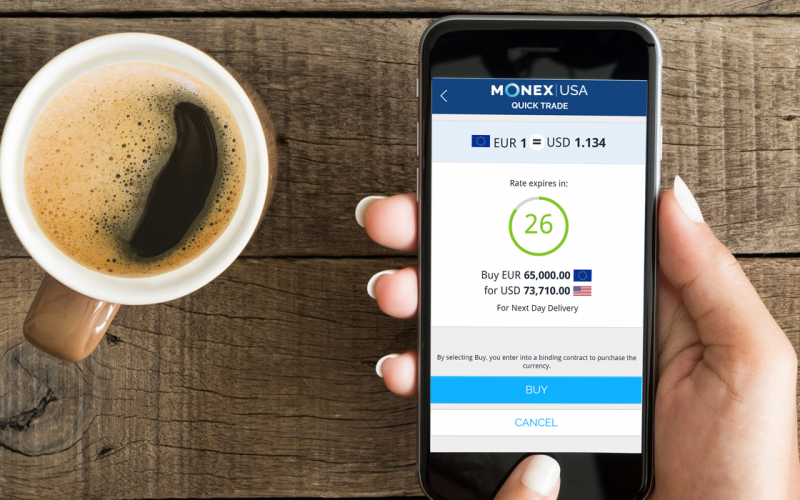The U.S. Dollar remained afloat after an eventful Thursday, but is poised to lose ground as the release of the Employment Situation revealed lower-than-expected readings.
USD
Change in Non-Farm Payrolls were estimated to grow 313K, but came in just at 261K. Additionally, there was no increase in wages as the Average Hourly Earnings growth registered at 0.0% when estimates were of at least a 0.2% rise. The Unemployment Rate went down to 4.1% from 4.2%, but this is likely to cause no change in the negative reaction to the bigger picture.
The greenback was poised to climb further as traders confidently predicted that the return of many workers after the natural disasters would signify a tremendous jump, but clearly the figure was too ambitious. Consumer confidence and spending numbers lately signaled that perhaps income was on the up and up, but clearly needs improvement.
Indeed, this bodes poorly for the U.S. Dollar after a good run of data pushed it to its best levels since mid-summer. U.S. Dollar rallies have been short-lived because of these surprises. We shall see if Services PMI or Factory Orders can aid in preventing deeper dollar losses.
EUR
The Euro is trading in familiar ranges while pointing upwards this morning after the revelation of underwhelming U.S. employment figures. There are no negative headlines out of Europe that could bring the shared currency down, but things in Spain remain a bit heated as the central government is rounding up separatist leadership that have arrest warrants for constitutional violation charges.
Carles Puidgemont, the President of the Catalunya region, is currently in Belgium and will seek asylum, which indicates that the risk of actual separation has been mostly quelled. Since the last week of October, the Euro fell 1.5% with a mix of monetary policy concerns and the process of handling the call for independence.
GBP
Sterling came under serious pressure this week, stemming from the lack of progress in Brexit resolutions and commentary from the Bank of England following their much anticipated rate hike. Last year, the BOE has lowered rates following the Brexit referendum, so the hike only represented taking that past reduction back. More importantly, the decision to increase rates was not based on optimism, but rather on the need to combat high inflation that has prices for consumer products growing at faster pace than people’s incomes.
Nevertheless, the Pound found a way not to sink too much further after the release of Markit Services PMI for October showed the largest expansion in six months and the best monthly uptick since August 2016. The swings for Pound are likely to continue as we close 2017 with renewed worries about the future of a deal, or no deal, between the European Union and UK negotiators.




